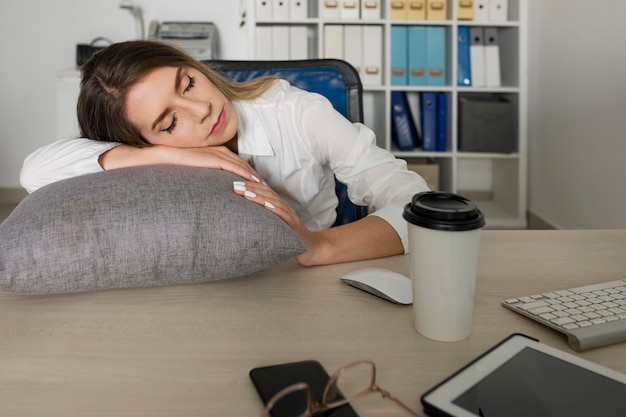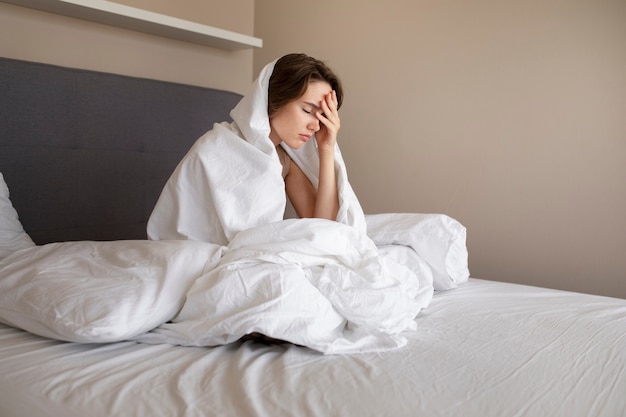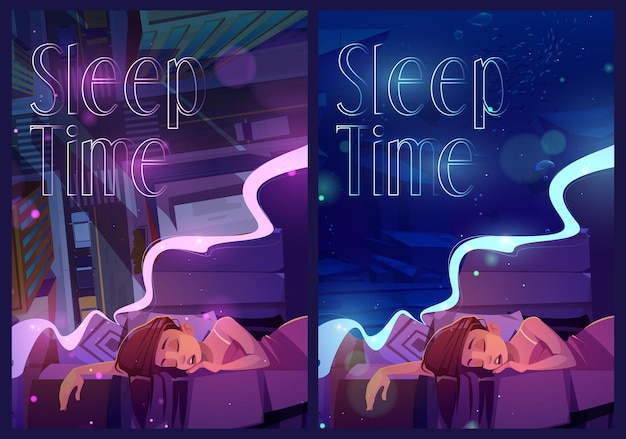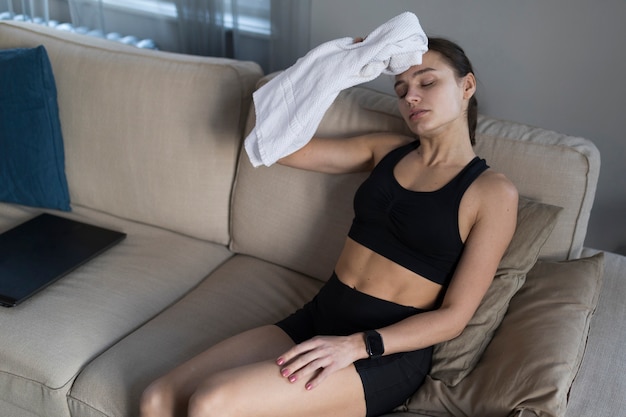We’ve all heard the standard sleep hygiene rules: go to bed at the same time every night, avoid screens before bed, never nap during the day, keep your room ice-cold, and stay in bed until you fall asleep. These tips are repeated across health blogs, doctor’s offices, and wellness podcasts. But what if some of this advice—well-intentioned as it may be—is actually making your insomnia worse?
A growing number of sleep therapists are sounding the alarm: rigidly following conventional sleep advice can backfire, especially for people with chronic insomnia. While these tips may help those with mild sleep disruptions, they can deepen anxiety, increase sleep-related pressure, and create unhealthy sleep associations for others.

A sleep therapist works with a patient to identify counterproductive habits.
Sleep hygiene is important—but it’s not a cure-all. For people with chronic insomnia, the root cause is often hyperarousal: a state of mental and physical overactivation that makes it difficult to fall or stay asleep. When you're already anxious about sleep, strict rules can amplify that anxiety, turning bedtime into a high-pressure event.
Here are five commonly recommended sleep tips that might be doing more harm than good—especially if you're already struggling with insomnia.
This advice sounds logical: if you're trying to sleep, you should stay in bed. But for insomniacs, lying awake for hours can create a negative association between the bed and frustration. The longer you lie there, the more your brain learns to link the bed with wakefulness and stress.
Sleep therapists often recommend the opposite: if you can't fall asleep within 20 minutes, get out of bed. Move to another dimly lit room and do something quiet and non-stimulating—like reading a physical book or listening to calm music—until you feel sleepy. This helps reinforce that the bed is only for sleep (and intimacy), not for tossing and turning.

Staying in bed when you can't sleep may reinforce wakefulness.
While long or late naps can interfere with nighttime sleep, banning naps entirely may not be right for everyone. For people with disrupted sleep cycles or shift workers, a short, early nap (20–30 minutes before 3 PM) can help reduce sleep debt and improve alertness without harming nighttime rest.
Sleep therapists emphasize flexibility. Blanket rules ignore individual sleep needs and lifestyles. For some, a strategic nap can be restorative—not destructive.
It's true that a cooler room can support sleep, as body temperature naturally drops at night. But setting your thermostat too low can be counterproductive. If you're shivering or uncomfortable, your body will struggle to relax.
The ideal sleep temperature varies by person. Most research suggests a range between 60–67°F (15–19°C), but comfort is key. A sleep therapist might advise focusing on personal comfort over rigid temperature targets. Use breathable bedding and adjust layers instead of overcooling the room.
Going to bed and waking up at the same time every day is often praised as a cornerstone of good sleep. But for people with insomnia, forcing sleep at a fixed time can increase anxiety and lead to prolonged wakefulness in bed.
A more effective approach may be sleep restriction therapy, which temporarily limits time in bed to match actual sleep duration. This builds sleep pressure and increases sleep efficiency. Over time, the sleep window is gradually expanded. This method, guided by a therapist, is more effective than rigid scheduling for chronic insomnia.
Blue light from screens can suppress melatonin, the sleep hormone. But the real issue isn’t just light—it’s emotional and cognitive stimulation. Scrolling through stressful news or engaging in heated social media debates is more disruptive than quietly watching a familiar, low-stimulus show.
Rather than banning all screens, a sleep therapist might suggest evaluating content and context. Dim the screen, use night mode, and avoid stimulating apps. For some, a calm bedtime routine that includes screen use—like listening to a sleep podcast on a tablet—can actually be soothing.
The key is personalization. Sleep strategies should be tailored to your specific situation, not applied universally. Cognitive Behavioral Therapy for Insomnia (CBT-I) is considered the gold standard treatment and focuses on changing thoughts and behaviors around sleep—not just following a checklist.
Consider working with a sleep specialist who can help you identify unhelpful patterns and build a flexible, sustainable routine. Small shifts—like getting out of bed when not sleeping, reducing sleep-related anxiety, and adjusting habits based on feedback—can lead to lasting improvements.

Cognitive Behavioral Therapy for Insomnia helps reframe unhelpful sleep beliefs.
Not all sleep advice is created equal. While general tips can help some, they may worsen insomnia for others. The goal isn’t perfection—it’s progress. By understanding the psychology behind sleep and avoiding one-size-fits-all rules, you can build a healthier, less stressful relationship with rest.
If you're struggling with chronic insomnia, consider going beyond sleep hygiene. Explore evidence-based treatments like CBT-I, and consult a qualified sleep therapist to find what truly works for you.

Health

Health

Health

Health

Health

Health

Wellness

Fitness

Health

Fitness

Health

Health